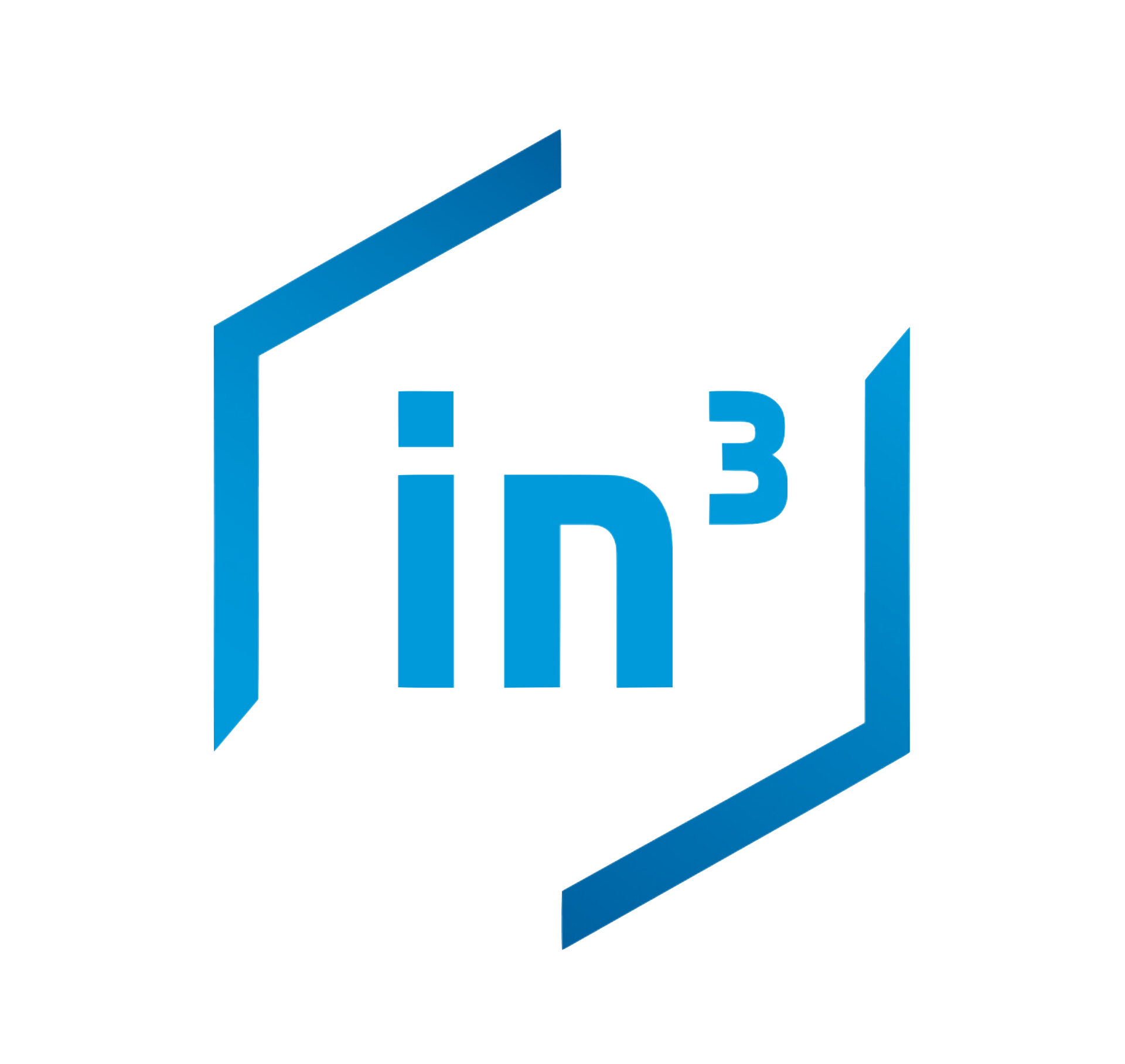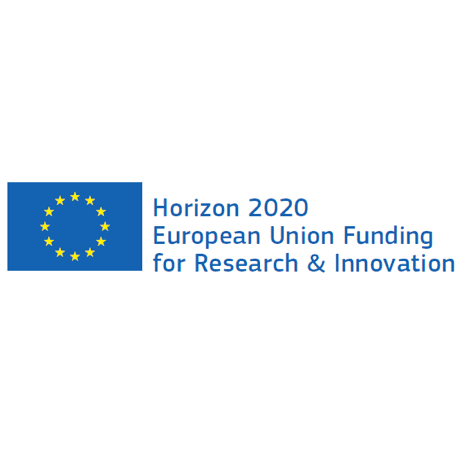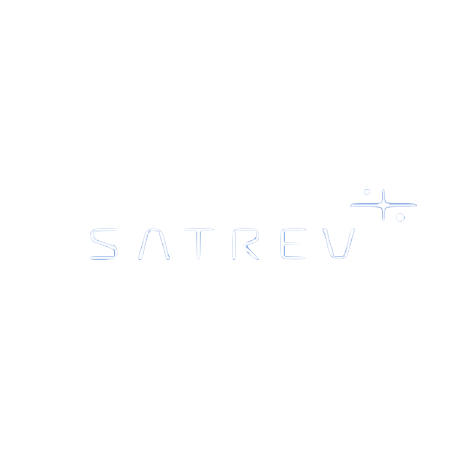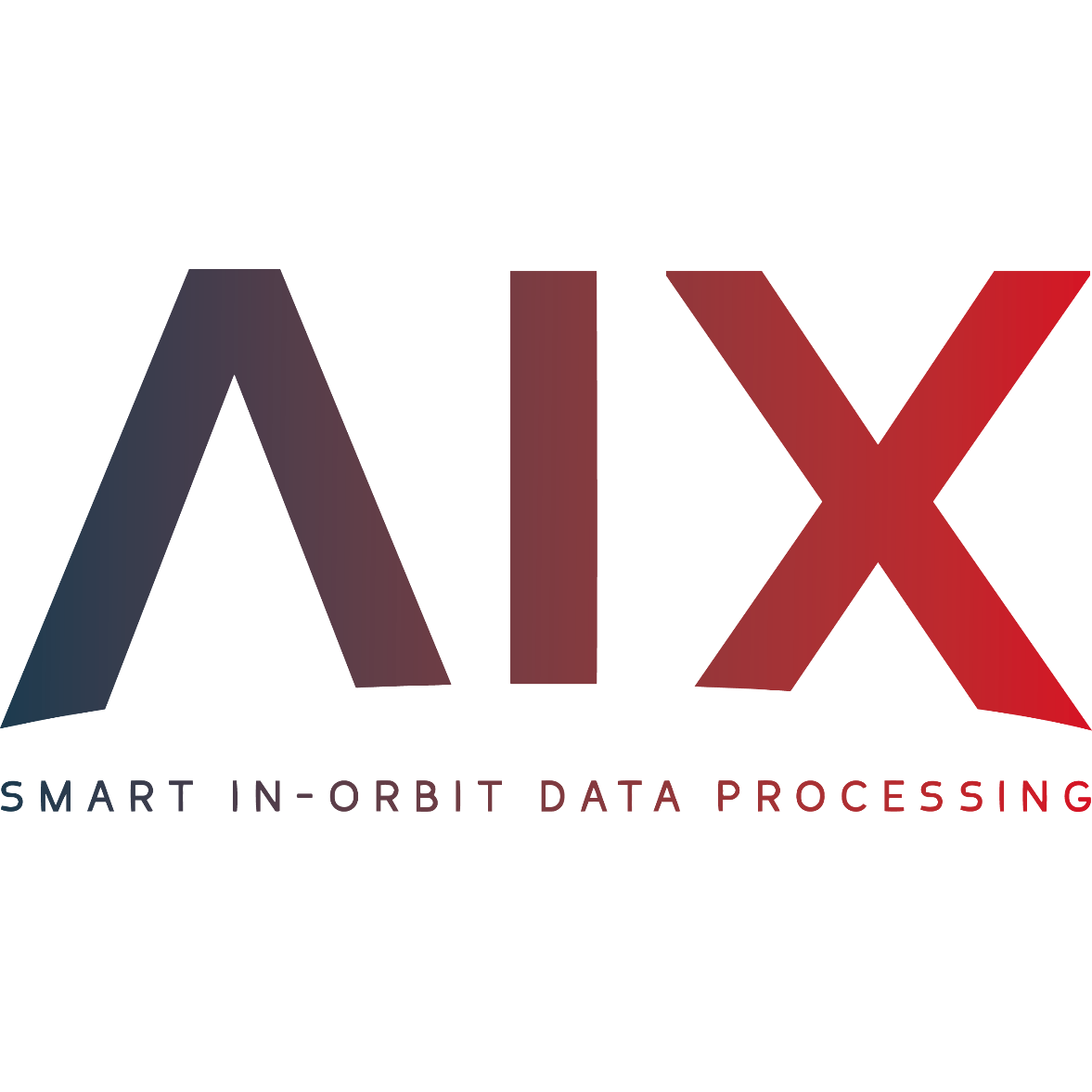orbital_OLIVER
All-in-one software for autonomous satellite and operations.
PROACTIVE DECISIONS, REAL TIME ACTIONS. ALL IN ORBIT. ALL IN ONE.
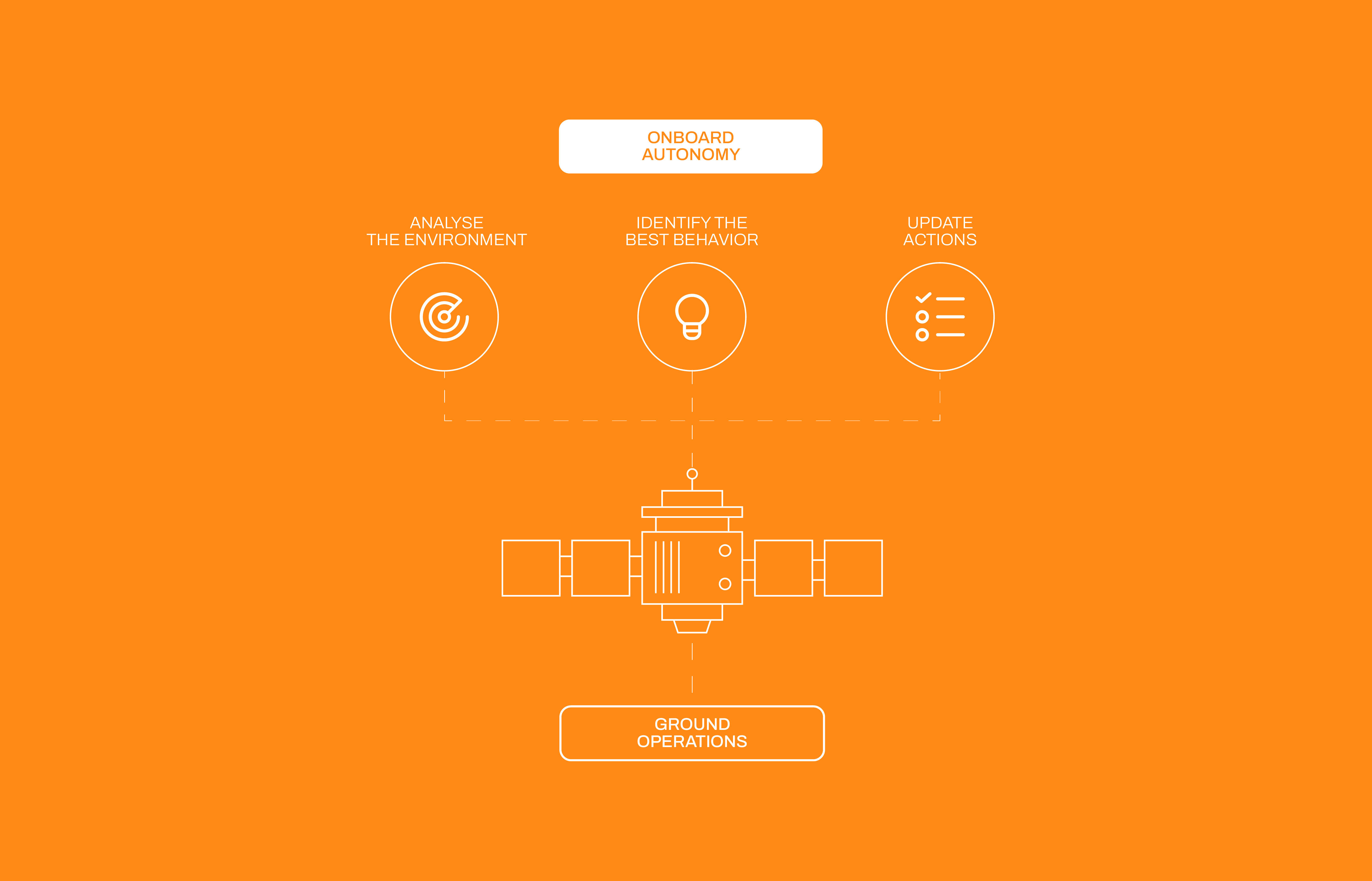
Boost your mission with smart decision-making capabilities
orbital_OLIVER is an onboard software that gives your spacecraft a boost of smarts. It helps your satellite make smart decisions on its own, so it can do more without needing constant human babysitting.
While your satellite is super capable, ground control still has the final say. The ground team can give orbital_OLIVER updates on mission goals and schedules, so it's always on the same page.
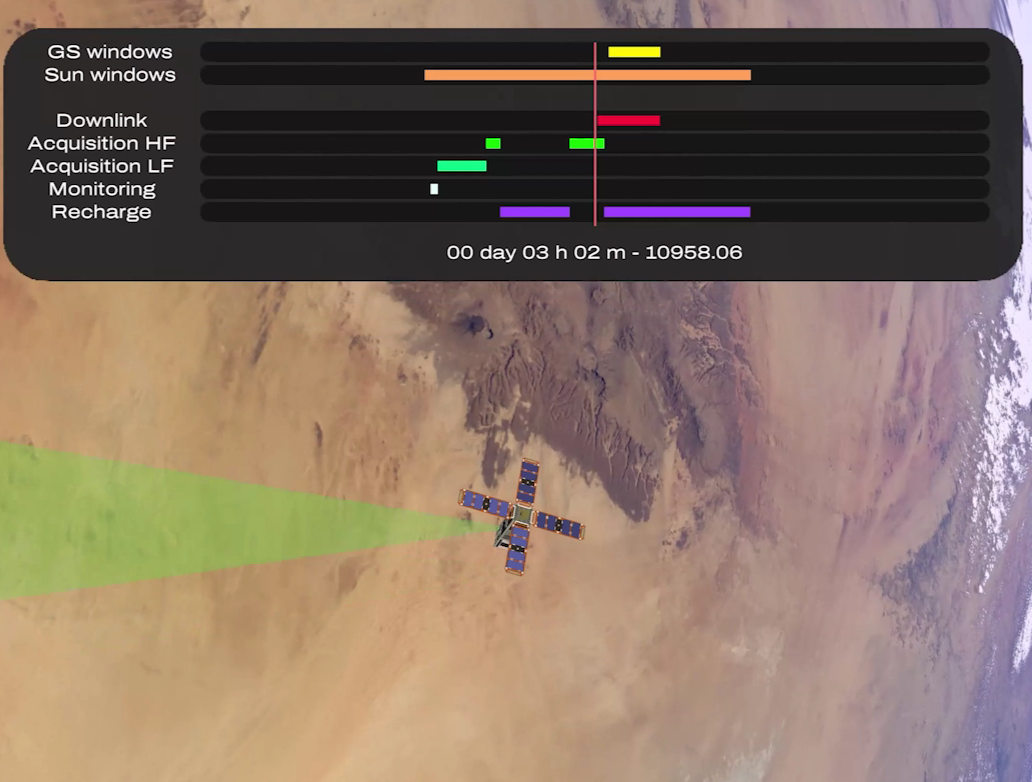
Proactive actions based on real-time analysis
Thanks to its AI-powered core, orbital_OLIVER analyzes onboard data to understand mission status and identify potential challenges. It then proactively takes the best actions at each stage of the mission.
Collecting, analyzing and optimizing Data: orbital_OLIVER continuously collects data from onboard sensors and systems. This data is then analyzed using sophisticated AI algorithms to identify patterns, trends, and anomalies. Based on the data analysis, orbital_OLIVER optimizes data communication windows, storage capacity, and other relevant parameters to ensure efficient and reliable data management.
Optimizing Payload Performance: orbital_OLIVER monitors the health and performance of onboard payloads. By analyzing payload data and mission plan, it can optimize task scheduling and resource allocation, adjust the mission plan in real-time, and resource allocation to ensure maximum payload efficiency.
Preventing Failures: orbital_OLIVER conducts root cause analysis to identify potential issues and take preventive measures to avoid failures. This helps to ensure the long-term health and reliability of the spacecraft.
The gateaway to onboard AI applications
orbital_OLIVER enables the installation of multiple applications to meet all your needs. Moreover, it autonomously manages AIKO applications through our integrated ecosystem.
Whether you want to test your own application or install third-party ones, orbital_OLIVER is designed to have open API and.a dedicated SDK.
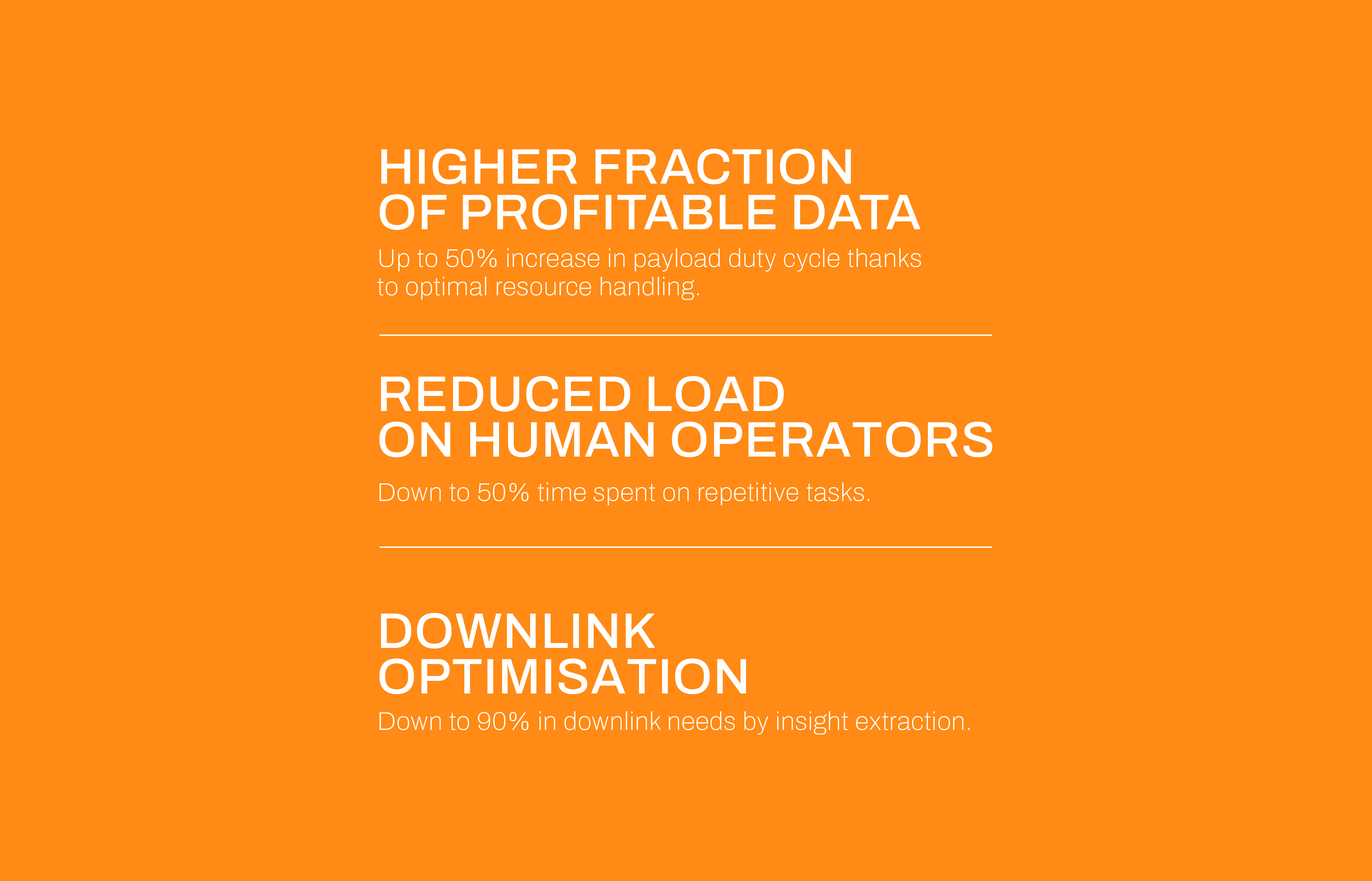
Give your team what they need most: time.
Increased Mission Efficiency: By automating routine tasks, orbital_OLIVER frees up valuable time and resources for ground control. This allows the team to focus on higher-level activities, such as mission planning and analysis.
Optimal Use of Resources: orbital_OLIVER can optimize the use of onboard resources, such as fuel and power. This extends the lifespan of a mission and reduce operational costs.
Enhanced Satellite Lifespan: orbital_OLIVER's advanced AI capabilities enable proactive fault detection and isolation by proactively identifing and addressing potential issues, further improving mission reliability and reducing risks.
Optimizing In-Orbit Communications
orbital_OLIVER successfully addressed a critical communication issue faced by the D-Orbit ION Satellite Carrier. Due to excessive onboard power consuption caused by the activation of two antennas and two radios, the satellite was struggling to maintain efficient communication with the ground segment.
orbital_OLIVER's autonomous onboard radio reconfiguration capabilities were deployed to analyze telemtry data and identify the most effective antenna configuration. By optimizing antenna usage and reducing unnecessary radio activations, orbital_OLIVER significantly reduced onboard power consumption by over 50% within the TT&C subsystem.
This demonstration highlights orbital_OLIVER's ability to enhance communication efficiency and optimize resource utilization in real-world space missions.
Techincal Specifications
- OPERATIVE SYSTEM - Linux-Based OS, Kernel >=4.9
- CPU COMPATIBILITY - ARM (AArch64, Armv71), x86 (64bit), RISC-V (64bit) HW ACCELERATORS - GPUs, ASICs, FPGAs
- AI INFERENCE LIBRARIES- TensorFlow >=2.8 ir ONNX >=1.9
- RAM - 120MB
- STORAGE - 200MB
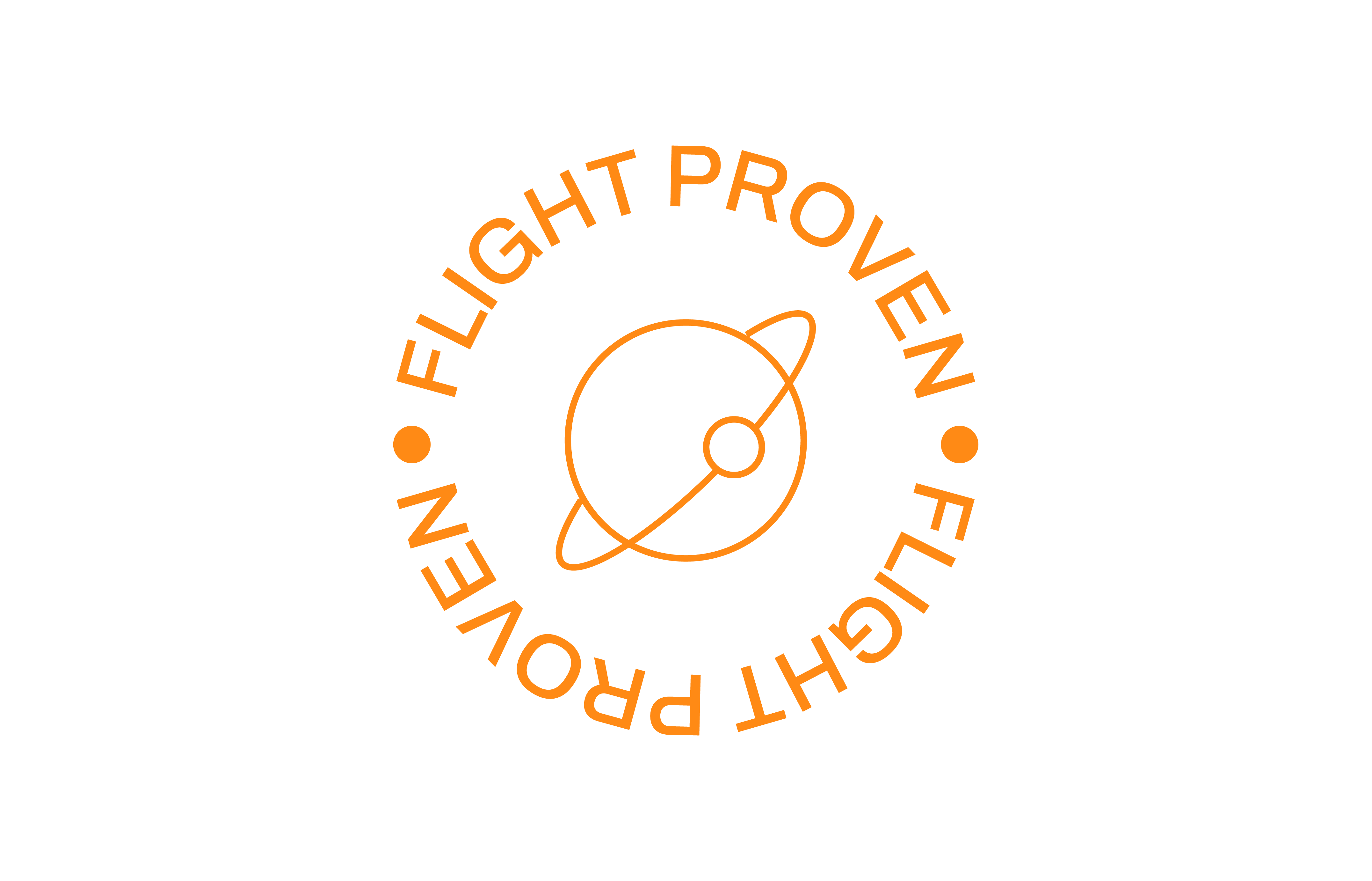
Heritage
The development of orbital_OLIVER started in 2017, under the name of MiRAGE. In May 2022 the company conducted a rebranding campaign, which changed the product’s name to orbital_OLIVER.
In 2018, this product has received funding from the European Union’s Horizon 2020 research and innovation programme under grant agreement N.816442, which allowed to validate the product up to TRL6.
DISCOVER MORE
Since 2021, the development, in-orbit validation and commercialization of orbital_OLIVER has been supported by ESA's InCubed+ program. Thanks to InCubed+, in 2021 AIKO launched its first Early Adopters Program, which will bring orbital_OLIVER to space onboard four different missions across 2022 and 2023.
DISCOVER MORE
In 2023, orbital_OLIVER flew on D-Orbit's ION carrier as part of the first AIX mission
DISCOVER MORE
